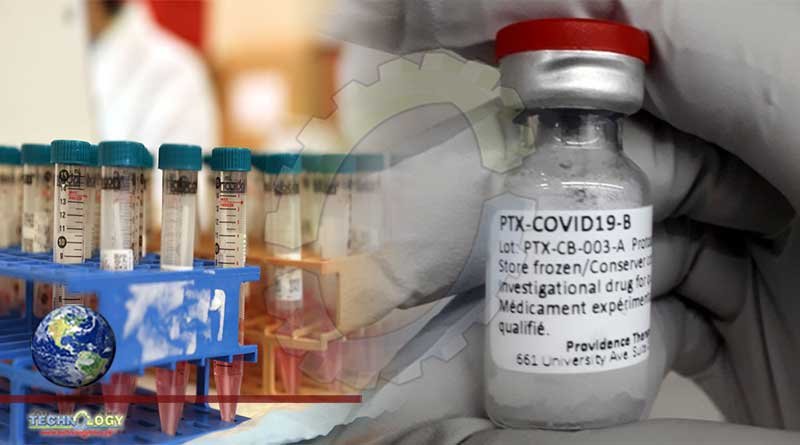Providence Therapeutics, a Calgary-based vaccine maker, is still in its early phases of clinical tests for its mRNA vaccine candidate.

A Canadian firm recently said it is on track in producing around 50 million doses of its vaccine for COVID-19 this year, which, if approved, could provide Canada’s vaccine supply with a much-needed boost to combat the pandemic.
Providence Therapeutics, a Calgary-based vaccine maker, is still in its early phases of clinical tests for its mRNA vaccine candidate. However, Manitoba province already announced a purchase deal with the company.
According to Providence Therapeutics chair of the board, Ken Hughes, the company “can have millions of doses of messenger-RNA vaccine by this fall” and that, they are “on that path now.”
To start in July, the firm announced they could produce around 50,000 vials a day, with each vial containing 10 doses.
The company CEO, Brad Sorenson said, the total capacity they could produce this year would be 50 million doses.
Manitoba to Purchase 2 Million Doses
Providence also announced they are currently receiving orders from provinces, and more information on such orders will be unveiled in the coming days.
A week ago, the government of Manitoba announced it had committed purchase of two million doses of this Canadian COVID-19 vaccine.
Moreover, Alberta Premier Jason Kenney has floated the idea of securing their own supply of the vaccine as well.
Despite delays in vaccine supplies from companies like Pfizer and Moderna, and a slow start to rollout of Canada, pressure, according to Global News has reportedly been mounting on a federal government to increase the capacity of vaccine manufacturing.
Pharmaceutical firms contend that having domestic manufacturers backed by domestic governments could help in protecting Canadians from worldwide vaccine trade wars.
Never again, Hughes said should we have to depend on other nations for vaccines. Relatively, domestic vaccine-makers like Providence Therapeutics have urged for more assistance from Ottawa.
Originally published at The Science Times
